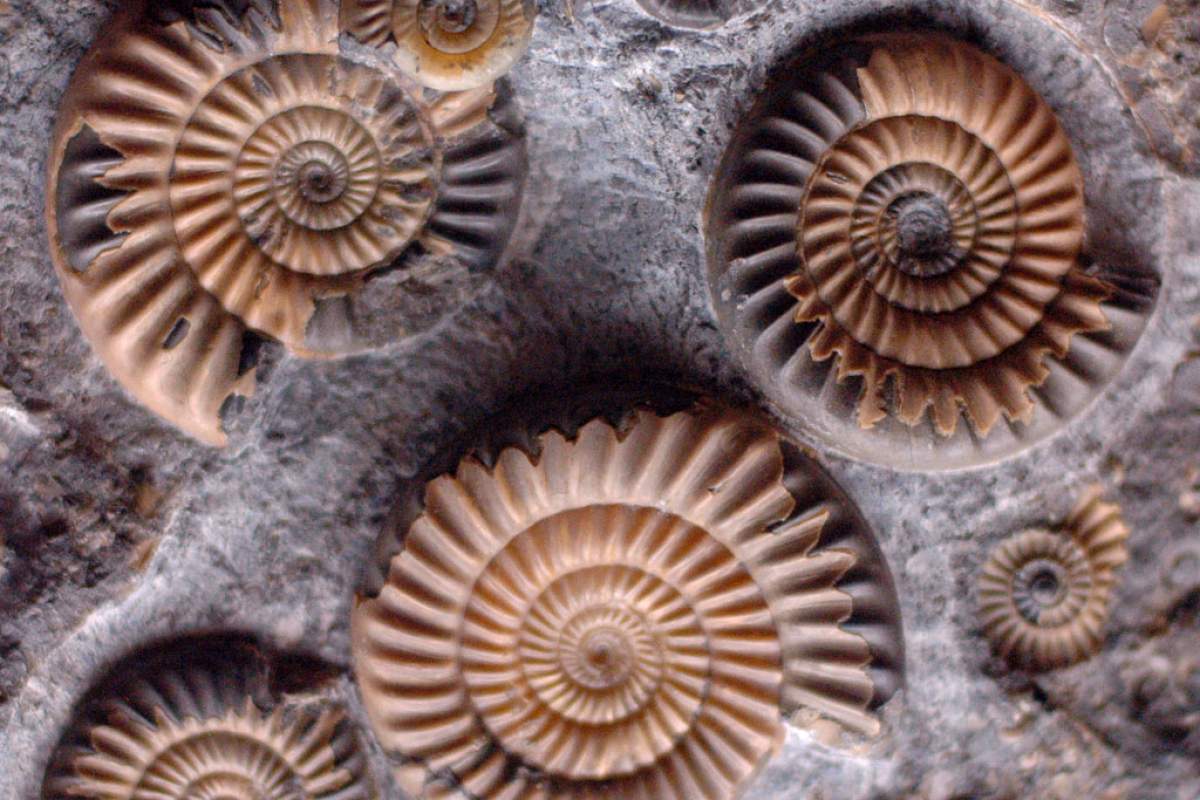
If you were traveling from the United States to Singapore, a guide book could tell you what sort of climate to expect. But if, like paleontologists and geologists, you needed to know what the weather was like in Singapore tens of millions of years ago, you'd have to consult a different source.
Hello Shells!
By examining the chemistry of shell fossils, researchers can discover what temperatures were like in ancient climates.
Oxygen provides the key to finding out about ancient temperatures. Oxygen comes in two different forms heavy and light. By determining the ratio of the two different types of oxygen in the fossils, researchers can make an educated guess at the temperature of the environment the animals lived in.
Carbon Everywhere
Both types of oxygen are found in carbon dioxide, which is found both in the atmosphere and in water. The amount of carbon dioxide water contains depends on the temperature of the water. Cooler water contains more carbon dioxide.
But as the water warms, carbon dioxide gas escapes. Carbon dioxide made of the lighter oxygen escapes at cooler temperatures, leaving more carbon dioxide made of the heavy oxygen in the water. At warmer temperatures, carbon dioxide made of heavy oxygen begins to escape, leaving less heavy oxygen in the water.
Since animals living in the ocean use the carbon and oxygen that remains in the water to build their shells, the shells of animals that lived in a cool climate contain more heavy oxygen.
Finding The Right Temp
By grinding up the shells and determining how much of each type of oxygen they contain, researchers can learn what temperatures were like in ancient environments.









